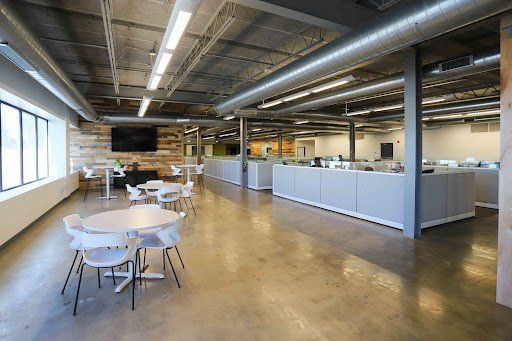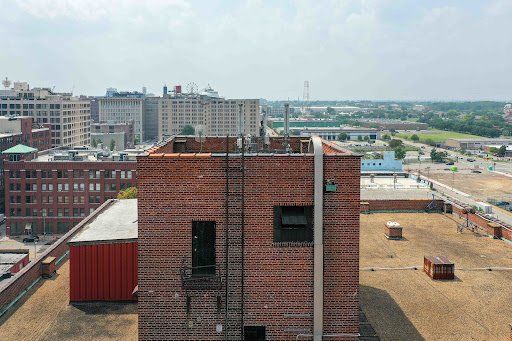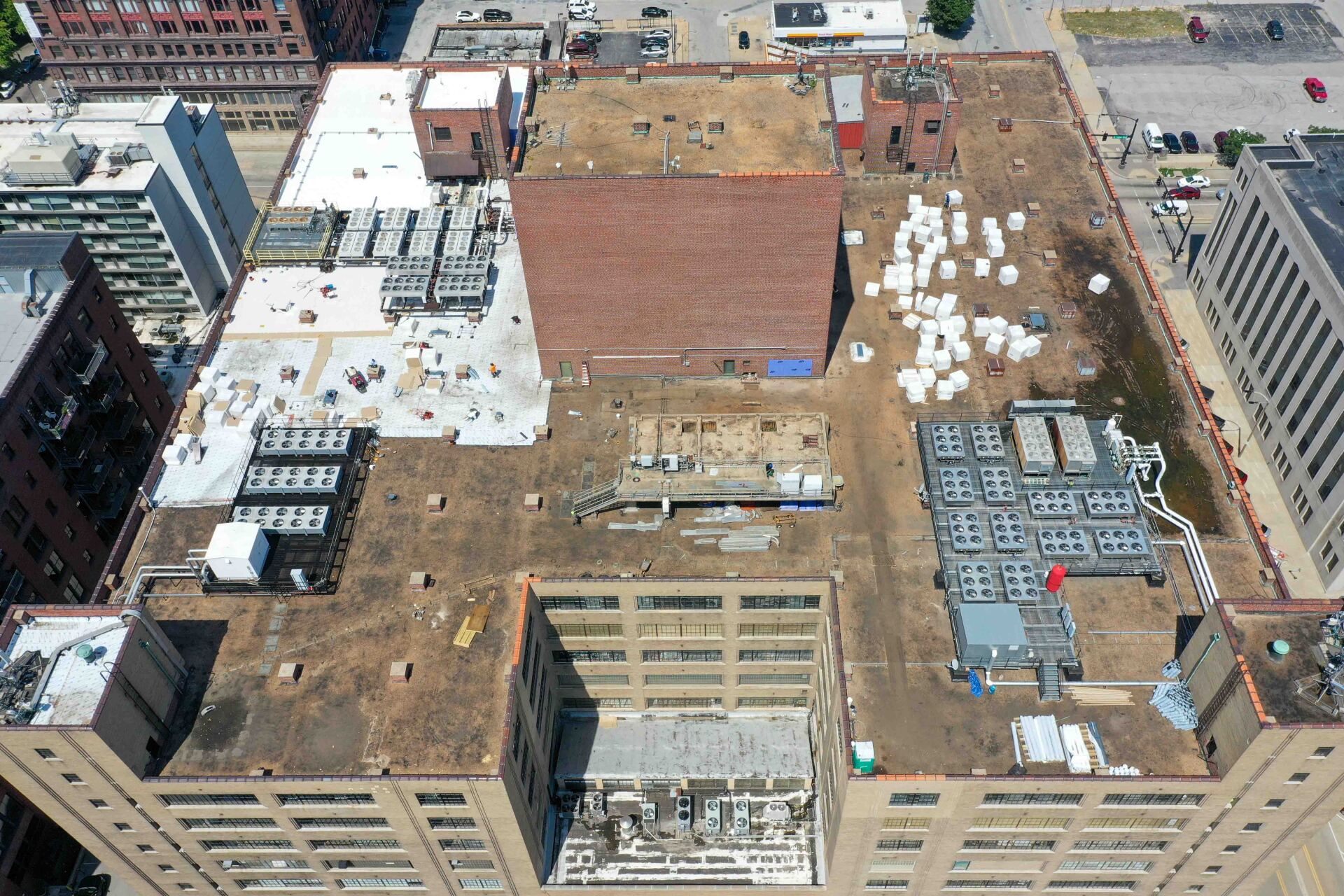Historic Commercial Renovation Projects: What to Consider
Few things are more stressful than navigating a historic commercial renovation project with an unprofessional contractor at the helm. Compared to new construction, these renovation projects offer lower overall construction costs. The process takes more labor to complete, but construction and demolition costs are reduced. Using green building materials and LEED certification guidelines, historical commercial renovations can drastically decrease the property's environmental impact.
However, renovating commercial buildings is not without its challenges. To navigate these challenges and mitigate risk, there are some best practices to keep in mind as you plan for and execute historic commercial renovation projects.
Consider the Community
The use of and need for commercial and office spaces has shifted, and property owners are looking for ways to draw back tenants. Historical buildings have also been sitting unused for months, leading to disrepair. Commercial renovation can bring these buildings up to code while breathing new life into the surrounding areas.

Choose the Right Partners
You'll need to partner with a team of professionals to avoid snags along the way. Set up a network – attorneys, engineers, contractors, and more – before work begins. Take time to vet your options because they'll be your team for every phase of the renovation project. They're also experts in their fields and have the expertise to avoid legal or municipal disputes.
Pick the Right Property
Not all historic buildings are good candidates for renovation, so it's essential to have a team of professionals perform a thorough assessment of the building's structural integrity. This is a wise investment, and knowing the complete condition of the building will guide the project. Additionally, not all neighborhoods are the right community to host an adaptive reuse building.
Leave a Margin for Error
With historic commercial renovation projects, contractors never know what to expect when demolition begins, and problem areas are exposed. There could also be delays with plan reviews or permitting issues. Ensure you leave room in the budget and the schedule to account for these delays.
Document Everything
If you're interested in LEED certification or tax credits related to historic renovations, you'll need to keep a meticulous record of invoices, plans, and blueprints. Requiring documentation and organizing it as work continues is crucial for having these records in order. This is also an intelligent accounting move to help keep budget disputes at bay.

Go With the Professionals
For developers and building owners who have decided that newer isn't better, renovating historic buildings can be a sustainable, cost-efficient way to create a fresh, new space for a changing community. Working with a team of commercial contractors with decades of experience is key to making these projects successful.
How Can We Help?
While not all construction companies are willing to tackle commercial renovations, we are happy to take on the challenge. We walk you through the process, answer your questions, and make professional recommendations.
Not sure where to start? We can also act as construction consultants to assess the scope of work. Whether you need to increase security for your building or are trying to find the best new space for your business, we can help. Even if you aren't sure what you need, our consultative approach will bring you clarity and confidence.
You've likely heard renovation horror stories and know what you don't want your experience to be. Turning to Wright Building Systems will give you the renovation story of your dreams. Our entire team strives to foster partnerships with subcontractors and clients based on high quality and trust.
With WBS, you get the total package that helps you confidently move forward. Working with the WBS team is like a breath of fresh air in a world of overpriced services and poor customer care.
Contact us today to get started!



